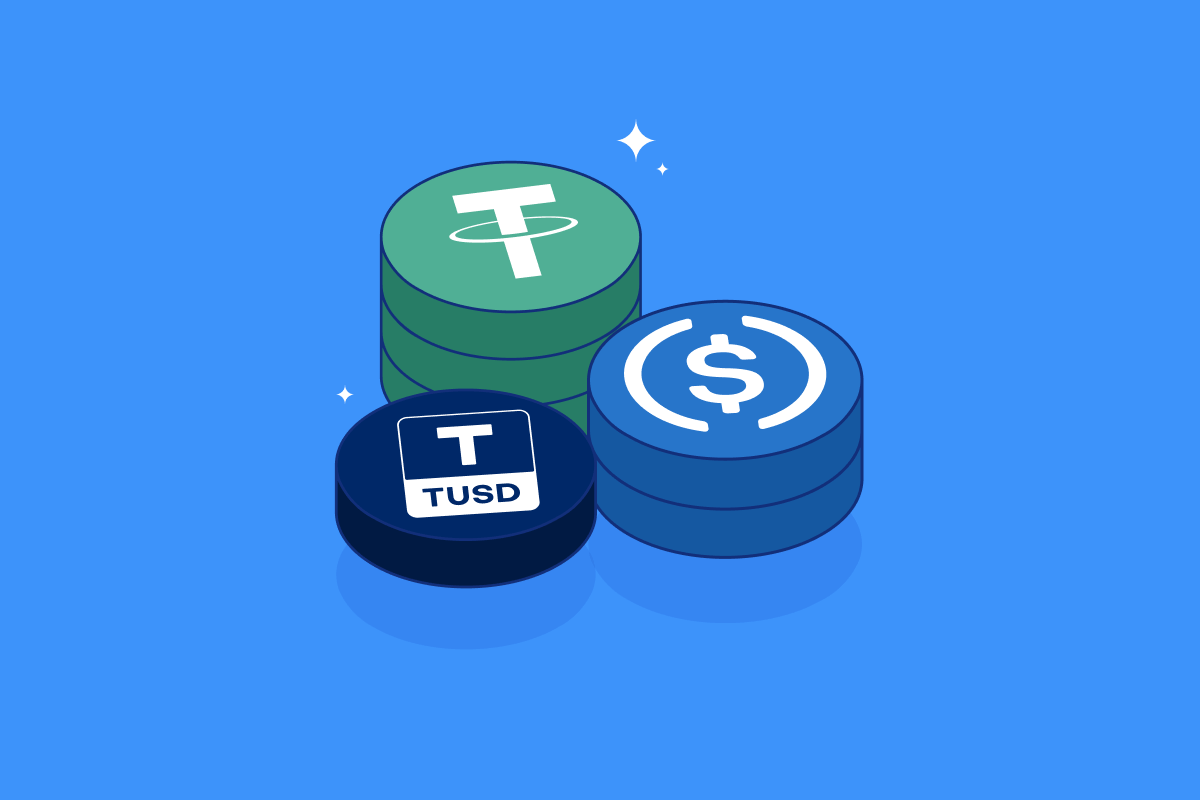Settlement Layer
Introduction to Settlement Layer
The term **Settlement Layer** in the context of cryptocurrencies refers to the foundational layer in the multi-layer blockchain framework responsible for finalizing and recording transactions. It plays a critical role in ensuring the security, integrity, and efficiency of transactions on a blockchain network. The Settlement Layer is where ownership of digital assets is conclusively determined and trades are officially recognized by the network.
Functionality of the Settlement Layer
The primary functions of the Settlement Layer include:
- Transaction finalization: It validates and permanently records transactions on the blockchain, ensuring that they cannot be altered or reversed.
- Asset ownership verification: It confirms and displays the ownership of digital assets after transactions are settled.
- Dispute resolution: It provides mechanisms to resolve conflicts related to transactions, enhancing trust among participants.
- Security and integrity: It guards against double-spending and fraud through cryptographic techniques.
- Consensus mechanism implementation: It employs distributed consensus mechanisms to validate transactions and maintain the robustness of the blockchain.
Importance of the Settlement Layer in Blockchain Ecosystems
The Settlement Layer is vital for the overall functionality of blockchain networks. Its significance can be highlighted through various points:
- Trust establishment: It fosters trust in the blockchain network as users know that their transactions are immutable and secure.
- Interoperability: It allows different blockchain networks to interact and settle transactions across platforms effectively.
- Scalability: It enables the blockchain to handle larger volumes of transactions without compromising security.
- Economic efficiency: Effective settlement helps optimize the costs associated with transaction processing.
Examples of Settlement Layers
Several notable blockchain networks utilize distinct Settlement Layers, each with its approach to transaction validation and recording:
- Bitcoin: Bitcoin’s blockchain serves as its Settlement Layer, confirming transactions through the proof-of-work consensus mechanism.
- Ethereum: Ethereum operates its decentralized Settlement Layer through smart contracts that automatically execute transactions based on programmatic conditions.
- Polkadot: In Polkadot’s ecosystem, the Relay Chain acts as the Settlement Layer, enabling interoperability between unique blockchains (parachains).
- Cardano: Cardano features its Settlement Layer designed to facilitate peer-to-peer transactions and handle smart contracts effectively.
Interplay with Other Layers
The Settlement Layer often interacts with various other layers in a blockchain architecture, such as:
- Application Layer: This layer includes decentralized applications (dApps) that utilize transactions processed and settled by the Settlement Layer.
- Network Layer: The network layer is responsible for data transmission and communication between peers, ensuring the settlement of transactions occurs smoothly.
- Consensus Layer: The consensus layer works closely with the Settlement Layer to verify and validate transactions before they are recorded on the blockchain.
Challenges Facing the Settlement Layer
While the Settlement Layer is crucial, it also faces several challenges:
- Scalability issues: As transaction volumes increase, the Settlement Layer must evolve to accommodate more transactions without delays.
- Security concerns: Vulnerabilities in the Settlement Layer can lead to significant risks, requiring ongoing enhancements and audits.
- Energy consumption: Especially in proof-of-work systems, maintaining a secure Settlement Layer can lead to high energy usage, raising environmental concerns.
- Regulatory hurdles: Changes in regulations can impact how Settlement Layers function, necessitating adaptations to ensure compliance.
Future of Settlement Layers
The future of Settlement Layers in the cryptocurrency landscape looks promising, with ongoing innovations including:
- Layer-2 solutions: These aim to enhance transaction speeds and reduce costs by handling transactions off the main chain while relying on the Settlement Layer for final confirmation.
- Cross-chain interoperability: Improvements in cross-chain technology will allow different Settlement Layers to communicate seamlessly.
- Enhanced security measures: Leveraging advanced cryptography and multi-signature techniques to bolster transaction security.
- Regulatory advancements: Work towards harmonizing regulatory frameworks to facilitate smoother transactions across borders.
Conclusion
In conclusion, the Settlement Layer is a fundamental component of cryptocurrency networks, playing a crucial role in ensuring the security, authenticity, and efficiency of transactions. As the blockchain space continues to evolve, overcoming challenges and harnessing new technologies, the Settlement Layer will remain pivotal in shaping the future of digital finance and decentralized applications.


















